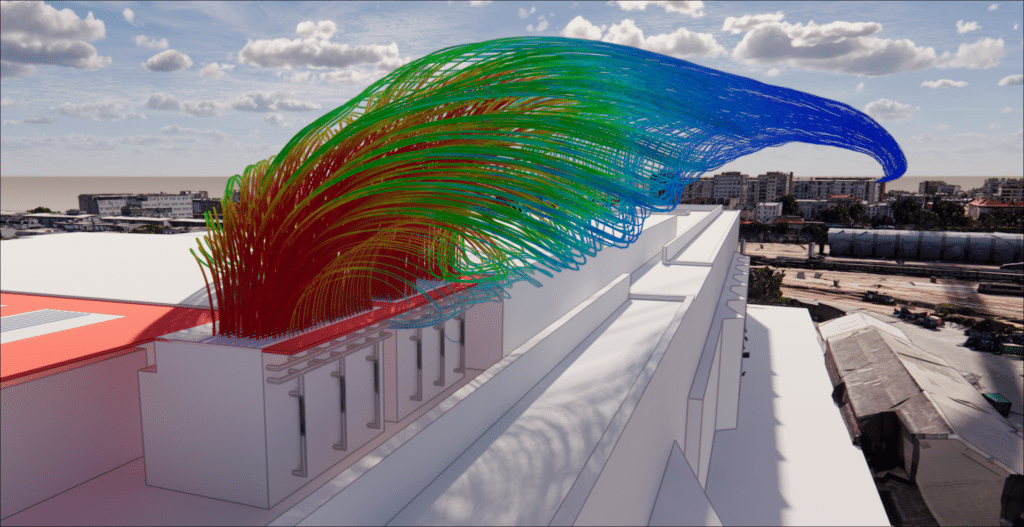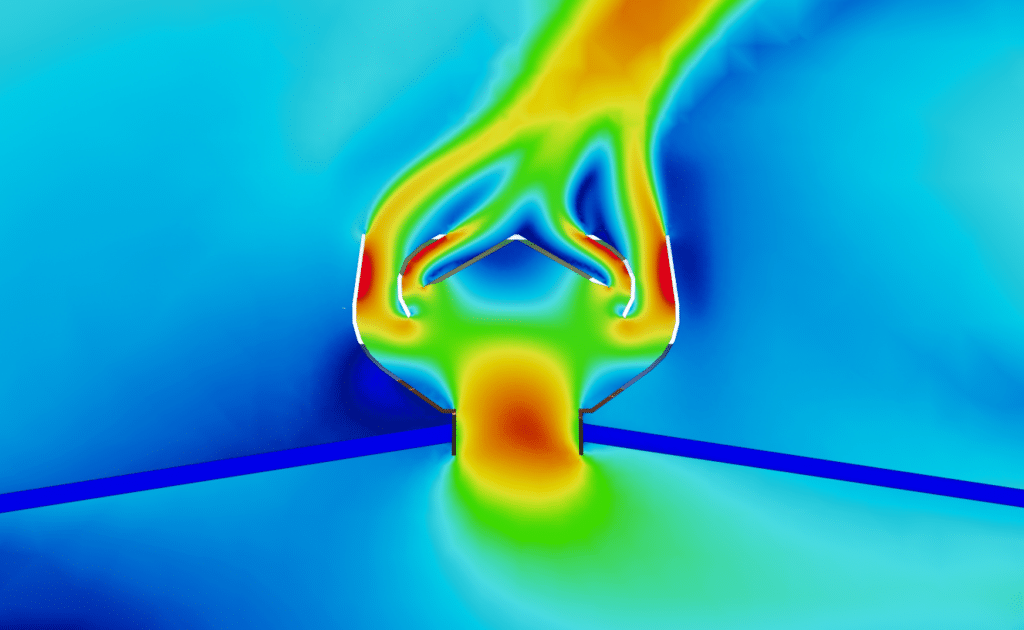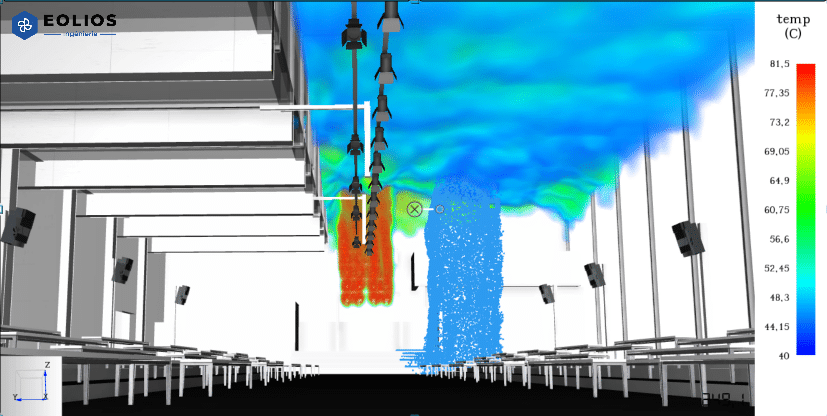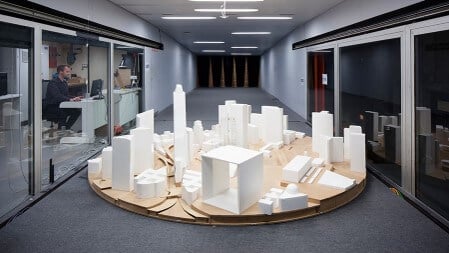CFD simulation: An alternative to wind tunnel testing
Continue browsing :
Menu
Table of contents
Our latest news:
Our projects :
Our fields of intervention :
An alternative to wind tunnel tests
Wind tunnel tests
Wind tunnel testing has been used extensively for industrial and research applications over the past five decades.
Wind tunnel testing requires expensive installation and sophisticated instruments to measure a range of field variables (wind speed, pressure loads, intensity of turbulence, etc.). Its main limitation is that such measurements are only obtained at a few specific points in the test section, which greatly restricts the overall understanding of the evolutionary or transient processes of unsteady complex phenomena (such as vortex shredding , turbulence wakes and thermal stratification).
Wind tunnel tests
Play Video
Eiffel wind tunnel study - Credit @AirDesignLab
CFD: a toolbox type evolution
CFD offers many advantages over wind tunnel testing. In addition to generating real-scale simulations (rather than reduced-scale models for many physical simulations), it also provides additional data and allows to compare for a given wind the wind speeds simultaneously between two points. . It is possible to carry out hydrological, aeraulic or thermal studies at different scales: from micro-electronics to building and city studies. The results can be visualized more clearly and explained to as many people as possible.
CFD: a very wide range of applications
Toolbox that allows:
These methods make it possible to solve a very wide range of problems that we will present here.
- Simulate the flow of a fluid around or inside a body
- Studying wind comfort
- Wind load study
- Studying convective exchanges
- Studying conductive exchanges
- Studying radiative exchanges
- Visualize the dispersion of pollutants
- Study smoke extraction
- Study the movement of dust, sand …
- Study the movement of objects, fans, etc.
- Fluid flow
- Risk of submersion
- Risk of rain or snow
These methods make it possible to solve a very wide range of problems that we will present here.






